Self drive from Natal (Rio Grande do Norte) to Salvador (Bahia), Brazil
Route planning
The idea was to drive down the over 1000km to Salvador in two stretches. We would spend one night in Maceio which is pretty much half way. The return drive would be slow going as we wanted to see some of the attractions on the way.
Getting ready for the trip
So we identified the best route. We reserved the various accommodations en route. And most importantly, we got the car up to task including the spare tire well pumped up. We also organized a cool box as it appeared that there were long stretches of road with no gas stations/restaurants.
Passing the first major town
We left Natal at 4 AM in order not to get stuck in the morning traffic around Recife which is absolutely to avoid.
The four lane BR101 was great all the way to Recife were it got to be in a rather desolated state. Even though we reached there early, the traffic was already a mess. Continuing direction Maceio, the highway remained in pretty bad shape. In addition, there was heavy truck traffic.
But after all, this is the main transit road for trucks from the South all the way to Belem.
First overnight stop
It took us some 8 hours to make the around 500km to reach Maceio. As it was afternoon, we had time to explore this inspiring city a little.
The area around Jaragua and Av. Dr. Antonio Gouveia were particularly nice. The beach of town was alright with plenty of beach establishments. The avenues lined with huge palm trees and very fancy modern buildings were intriguing.
Av. da Paz and Av. Assis Chateaubriand had the best beach. Unfortunately, this area also has an offshore docking area for big tankers making it less attractive.
One of the many check points
Later, on the way back to the hotel, we ran into the police checking mainly for drink/driving. I was behind the wheel and, believe or not, I had left my International Driving Licence in the hotel which turned into a hefty fine.
On our way to Salvador
We had a very early breakfast, prepared our sandwiches and were off to our next destination on the BR101. Around Aracaju (more about this town later in the post), the road condition got even worse. There was heavy traffic, ongoing road construction with alternating traffic. In addition, as the area is hilly and the road curvy, overtaking is rather risky.
It was unfortunate to see large bits of four lane road that had obviously been nearly completed some years ago but then the construction was just abandoned.
Again some 8 hours self-driving
Some 100km after Aracaju, in Estancia, the GPS indicated to turn left onto SE368 at a very unassuming crossroad. We actually nearly missed it. We were a bit reluctant as we were going to exchange the four lane road, albeit not in the best condition, with a two lane one.
Fortunately, we trusted the navigation system
It turned out to be the best decision. The road was perfectly maintained, hardly any traffic and incredibly scenic. In fact, it is called the Linha Verde (Green Line). This is due to its lush vegetation. Later on, it became the Estrada do Coco (Coconut Road). Its name derives from the fact that it passes through enormous coconut plantations.
From SE368 to SE100 to BA099
The SE368 turned into SE100 and then into BA099 all the way to Salvador flanking the coast. The BA099 took us passed the international airport streight into the modern part of town.
Arriving in Salvador
This was intentional as we wanted to avoided the terrible traffic jams in town. Also, the highway took us to the door steps of our accommodation, the Hotel Mercure Boulevard.
As this point, I am not getting into our stay in Salvador as I have published three posts on this town. One general one on visiting Salvador, one on the typical Salvadorian food, and one on things that you should do when in the area.
First stop on the return trip
Driving back to Natal, we planned to take our time and enjoy.
We were going to stop in Aracaju and then somewhere around Maragogi. First stretch of road was again the Estrada do Coco followed by the Linha Verde.
Although we had done it just few days ago, doing it in the reverse was like doing it for the first time. In other words, just as enjoyable.
On the outskirts of Salvador, we passed the rich residential condominiums close to the beach with luxurious looking villas and a number of very fancy hotels.
Tamara project saving sea turtles from extinction
Some 50 km later, we got to Praia do Forte where one of the 22 seats of the Tamara Project is located. Its aim is to protect the sea turtles from extinction. A rather large and appealing vacation village has developed around it.
Refuelling, who knows when the next petrol station is
At km 87, we stopped at the rare gas station to fill up the tank. This is also a great place to have a refreshment, a snack and stretch out the legs visiting the couple of shops.
Aracaju
The word Aracaju is composed of two words, Ara (the bird) and Caju (cashew nuts). This town is said to be a bit of a hidden secret. It is locked in between two major tourist destinations (Maceio and Salvador) so it gets somewhat overseen.
If you like crab meat, this is the place for you
The best thing to do in Aracaju is to eat crabs whether steamed, boiled or fried in one of the many restaurants on the promenade Passarella di Carangejo.
Having said that, restaurants also serve other dishes as well as the Moqueca Bahiana but this one could not keep up with the one we had in Salvador.
We had time to explore the area a bit. Apart from a ceremony at the main church, there was nothing much to see and I was not very impressed with the beaches around town.
Continuing the self drive trip
Next morning, we again had an early start. We still remained on the BR101 up until Muribeca. Short after this little town, we branched off onto the SE335 direction Neopolis.
Neopolis
Close to Neopolis is the Porto da Balsa de Santana do Sao Francisco. Here we got our ferry boat crossing the River Sao Francisco over to Penedo.
Ferry to Penedo
The boats depart every half an hour for 24 hours.
They are rather small and only take 10 cars at a time together with motorcycles and pedestrians.
Oversized coconut
I can easily state that this was the largest coconut I have seen so far. And of course I had one – I love coconut water. It is great for to main reasons – hydrating and pretty safe for consumption anywhere.
Penedo
This town was an absolutely unexpected surprise. It obviously has quite an important religious history judging by the large number of churches and convents.
Continuing our self drive adventure in Brazil
Short after leaving Penedo, we branched off onto the AL-101 direction Piacabucu and Feliz Deserto. It took us downhill onto the coast road. This stretch of road was the most spectacular of all. I think I have never seen so lush and tall palm trees going for so many kilometers.
Most amazing bamboo forests
We entered the Area de Protecao Ambiental de Piacabuco. It is famous for giant bamboo growing all over the place. We passed through innumerable tunnels formed by thick vegetation.
Lagoa do Roteiro
A little later we got to a gorgeous view point onto this laguna with a reef protecting the bay. We crossed the bridge under which river water meets sea water. The separation of the two was clearly visible.
From there we continued on to Barra de Sao Miguel, still on the AL101.
Passing Maceio again albeit without stopping
At around lunch time we had reached Maceio. As we wanted to continue driving near the water, we took the beach promenade which was fine up until we reached the other side of town were traffic got really bad together with one residential area followed by the next.
Getting totally lost
After Maceio we were still on the AL101 which becomes AL413 at a certain point. My navigation system indicated to take the AL413 near the little town of Barra de Santo Antonio. But it also said that crossing the bridge into the town and continuing on the AL101 it would safe us 1 hour and a half. So this is what we did.
And this is where trouble started. The double lane AL101 turned into a double lane dirt road. We had some doubts on this deterioration but as the AL101 had been perfect so far we continued hoping for the best.
Well, the road got narrower and narrower together with a number of turns suggested by the GPS. Problem was that this is a very remote area and the GPS started malfunctioning giving wrong indications. To make it short, we got totally lost in the middle of hundreds of acres of sugar cane plantation. It had not been harvested so we could not get any panoramic view to indicate a direction, not even from the roof the car. We were lucky to eventually find first one and later a second local guy. They gave us contradicting indication of how to get out of this maze. Luckily, we had a Portuguese speaker with us in the car and eventually did manage to back onto a proper road.
Take my advice, just stick to the AL413
So, please do take my advice and follow the directions to Passo de Camaragibe on the AL413. Then follow directions to Barra de Camaragibe followed by Sao Miguel dos Milagres. The road becomes AL101 again at one point and will take you all the way to Porto de Pedras. Here you can catch another tiny ferry over the River Manguaba.
Getting to the ferry port
While still lost in the sugar cane plantation, we were a bit under stress as we did not know the operating hours of the ferry in Porto de Pedras. It was by now already 4 PM.
However, arriving there, we found out that it operates from 6 AM – 12 PM. After a short waiting time, we got our transfer over the river.
We were not the only visitors
Apparently, some tourists do find their way to this remote area of Brazil.
Here are some taking a boat ride over the river.
Very local, remote and unspoiled
The ferry ride lasted some 20 minutes in total.
On the other side of the river, we found this little charming and sleepy fisher’s village.
Sao Jose da Coroa Grande
We continued on a narrow cobble stone road to Barreira do Boqueirao, Japaratinga, Maragogi and finally ended up in Sao Jose da Coroa Grande. This sounds like a long stretch but was just a bit over 20 km.
On the way, we noticed a number of pousadas and little restaurants on the side of the road. However, it is said that the best place to stay even for more than just one night is the Salinas Maragogi (an all-inclusive Resort). Unfortunately, it was booked out due to high season.
So we had opted for one night at the Pousada Vivenda Oriente. What a charming place run by a Brazilian/American couple. If you are travelling with kids you will safe beaches (at least during low tide)
Rabbits over the garden
It was quite cute to see 10s of rabbits running around the garden. During the day, they were sort of hiding away but at night they took over the garden and pool area.
Great location on the seaside
The next morning, we got a glance at the amazing beach lost in the Brazilian hinterland. It was low tide hence the water was out. There were plenty of stranded boats and pools with shallow water.
Eventually, it was time to head back to Natal
We followed the PE060 directions to Sirinhaem, Ipojuca, Cabo de Santo Agostinho. Here we got back onto the BR101 which us all the way back to Natal.
Great self drive trip in Brazil
Concluding, I would recommend doing this road trip off the beaten track. I even loved the little adventure of getting lost for a couple of hours in a sugar cane plantation.
Having said that, I will have an old style magnetic compass with me on my next adventurous trip.
Tips and info gathered on this self drive road trip in Brazil
Drivers license
You will definitely need an international drivers license if you do not want to get into trouble with authorities at check points.
Speed limit
Speed limit on the four lane highway is 110km. However, ever so often you will find that the speed limit goes down to 30km. This means that you are either approaching a town or there is a pedestrian crossing coming up.
In other words, the Brazilian concept of a four lane highway is quite different to the one back home.
But it also changes with no apparent reason
At times, it is not clear why the speed limit is reduced from 110km to 100km or 80km. There are many speed cameras on the way so follow the limit as they will catch you!
Road bumps on a highway
There are roads bumps on the way. At times, in places that do not really make sense. However, they are always preannounced by road signs.
Generally, its slow driving
You will have to count some 6-8 hours to make some 500km.
Fill your tank at every opportunity
One important thing is to fill up your tank at the first opportunity as soon as your fuel is half way down as the next gas station might come up in 150km.
No road assistance in remote areas
Make sure you have a pumped up spare tire and a car jack. You cannot rely on any road assistance service or find a repair shop in the middle of nowhere.
No driving at night
I strongly advise to avoid doing any of the road trip by night. It is known that after dark some pretty brutal robberies occur.
Good to be self-sufficient
I found having a cool box in the car containing sandwiches and water very convenient as it made us independent.
No ATMs and credit cards not accepted in remote areas
I did not see any ATMs around and I know that credit cards are generally not accepted in remote areas. So have enough cash at hand.
Lastly, follow the tips and enjoy the ride as you will be seeing some amazing scenery.
______________________
There are more posts on Brazil, in particular Natal. They include one covering mainly Ponta Negra near Natal, one on various day trips from Natal that you can do, where to have the best food, my experience during a buggy tour, and finally some travel tips.
I have also published three posts on Salvador. One general one on visiting Salvador, one on the typical Salvadorian food, and one on things that you should do when in the area.
Enjoy the read!

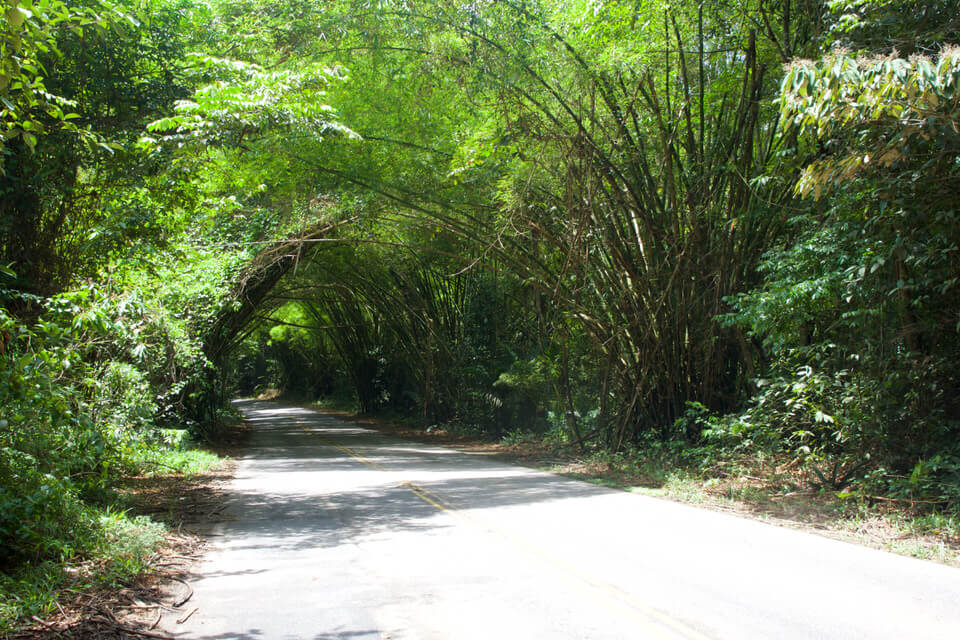


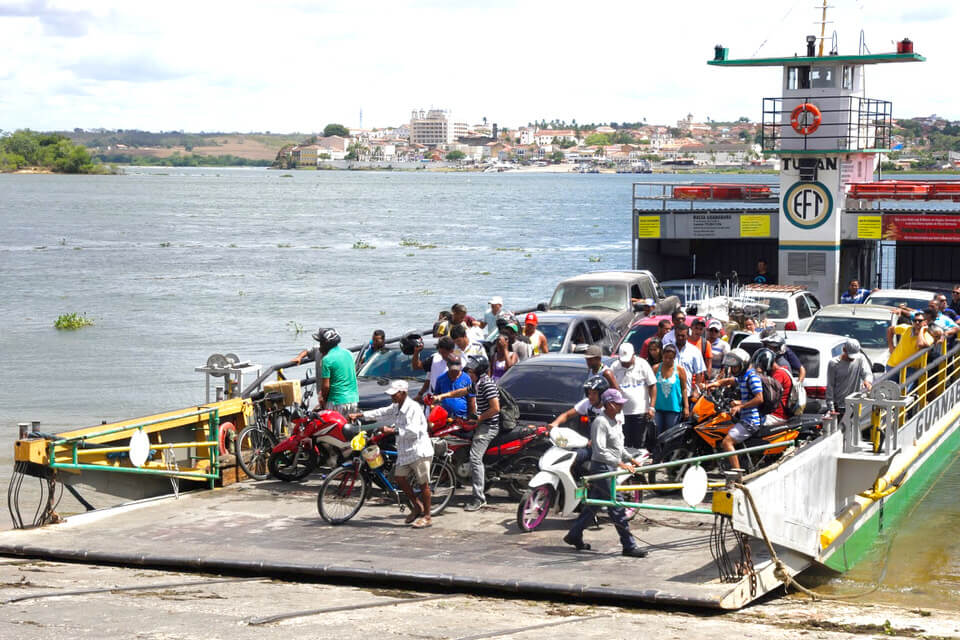
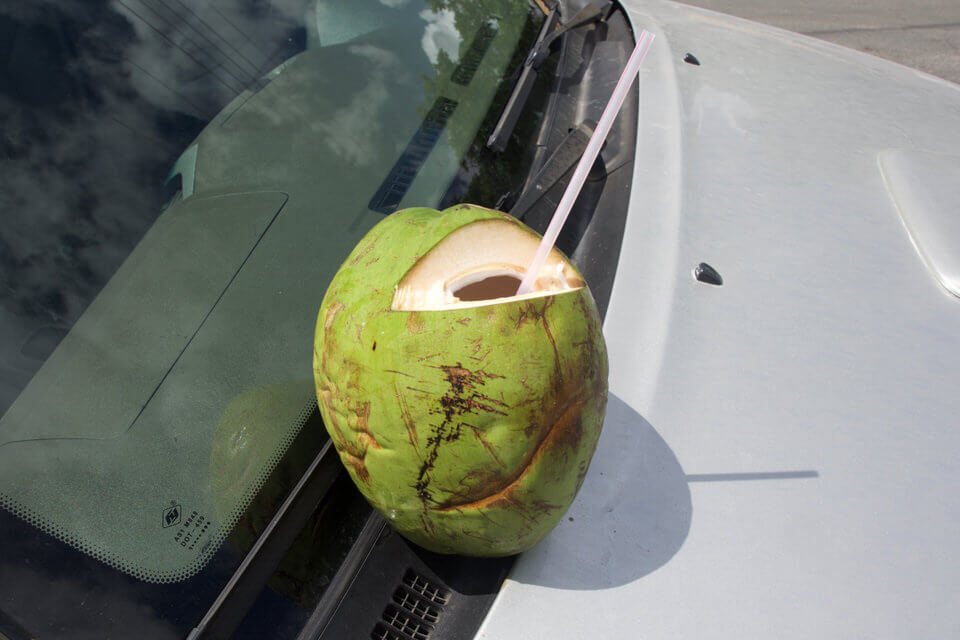
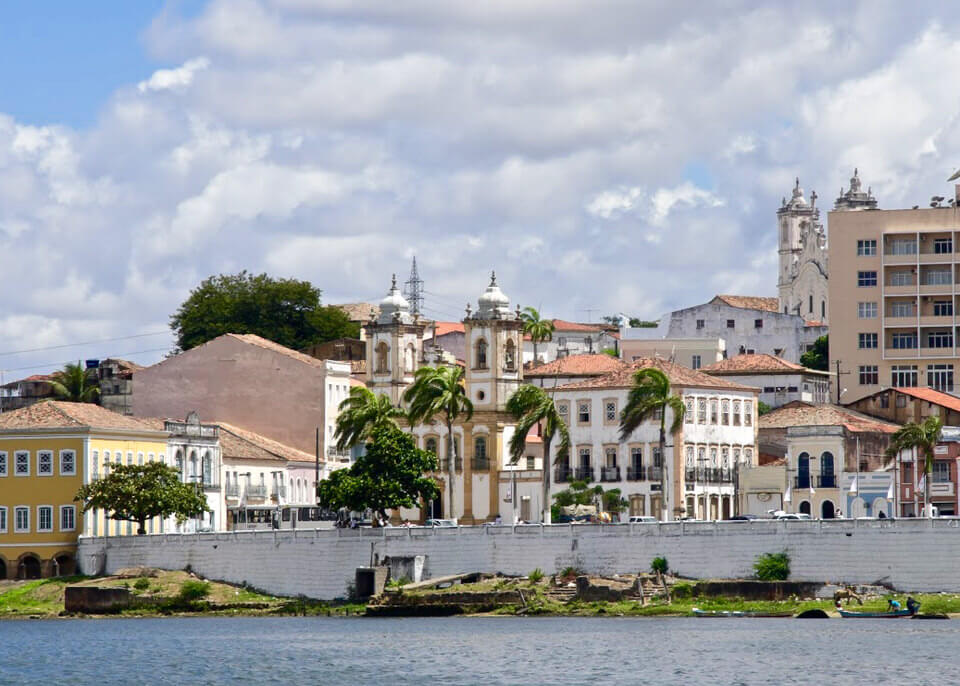
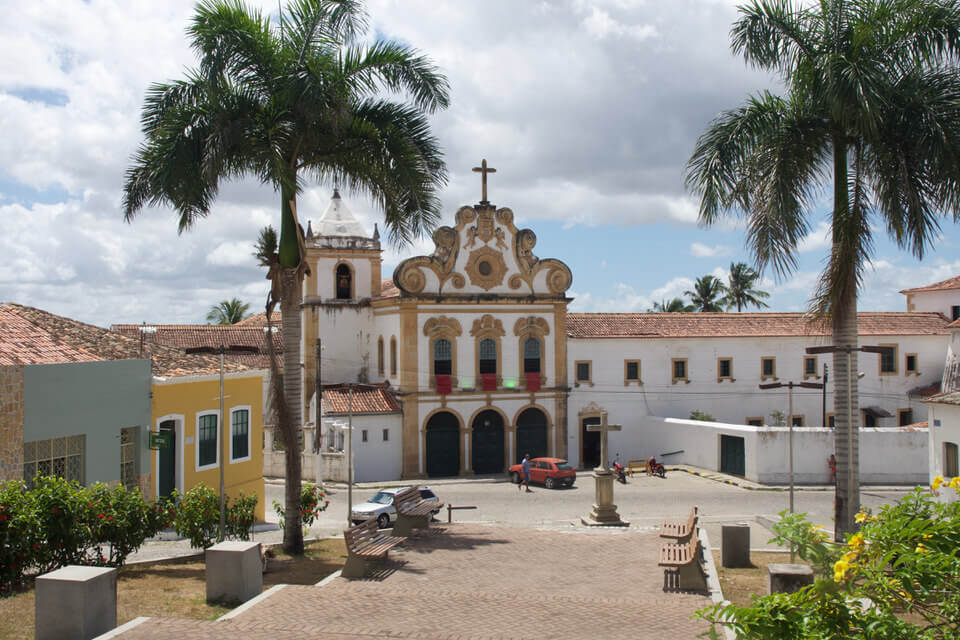
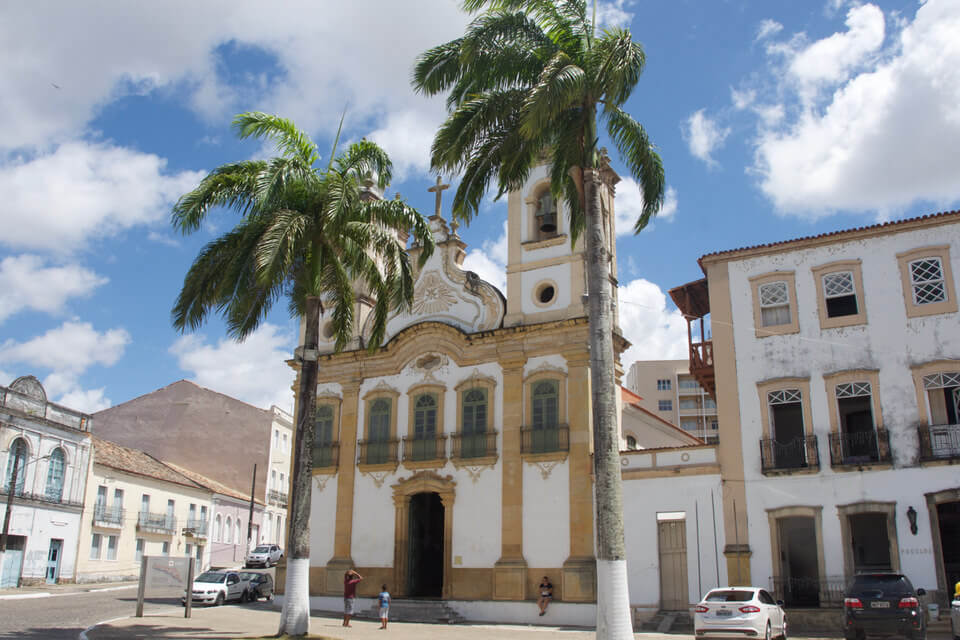
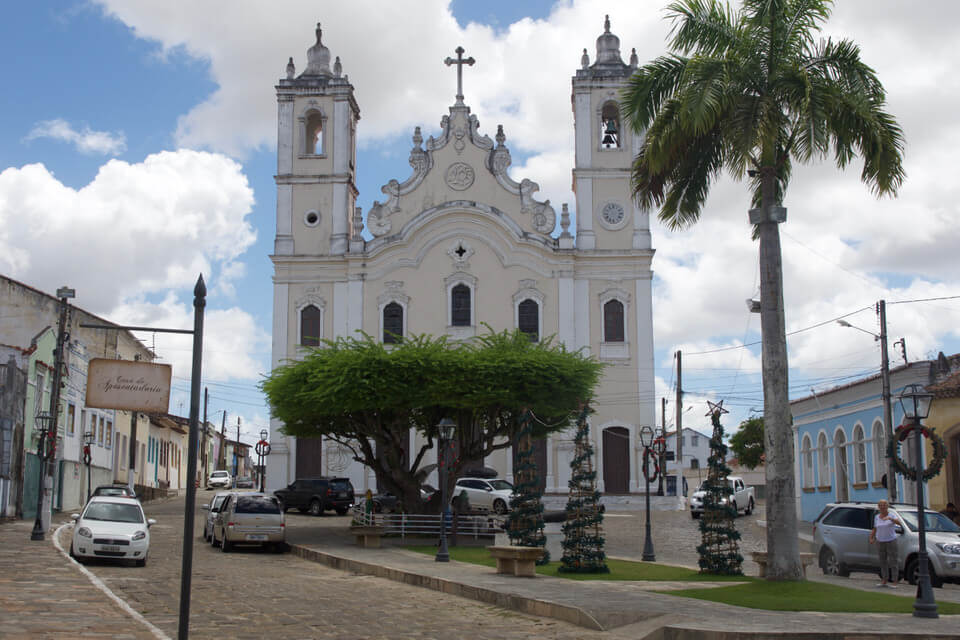
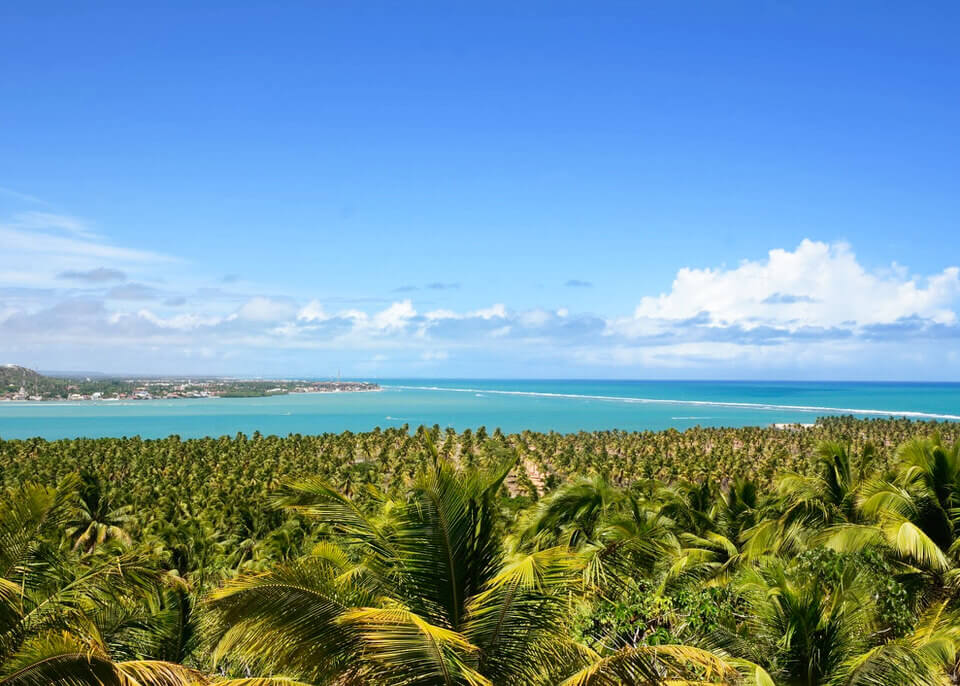
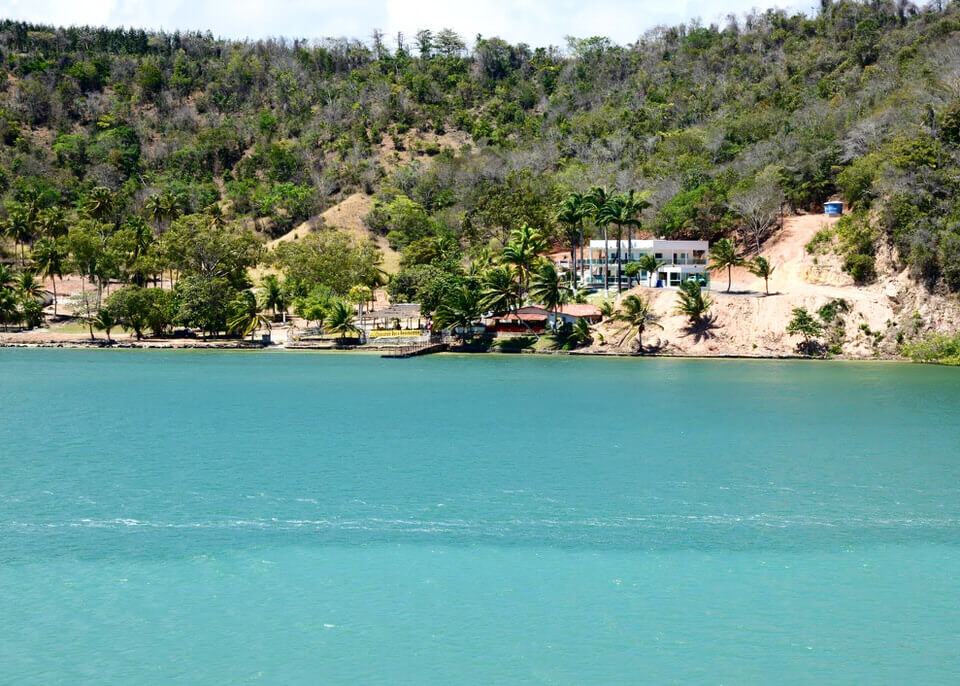
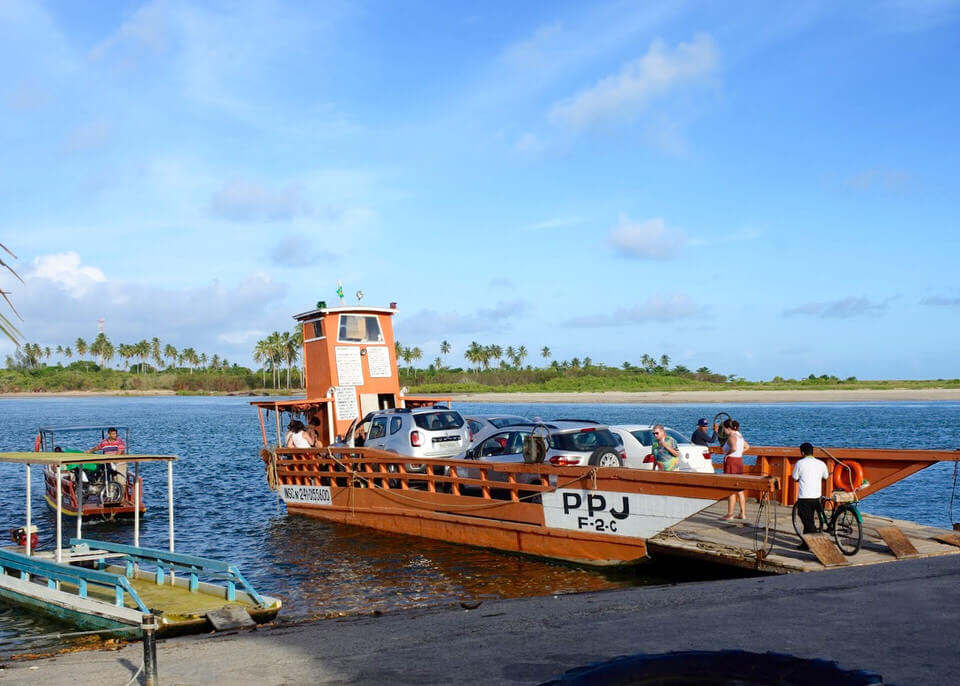
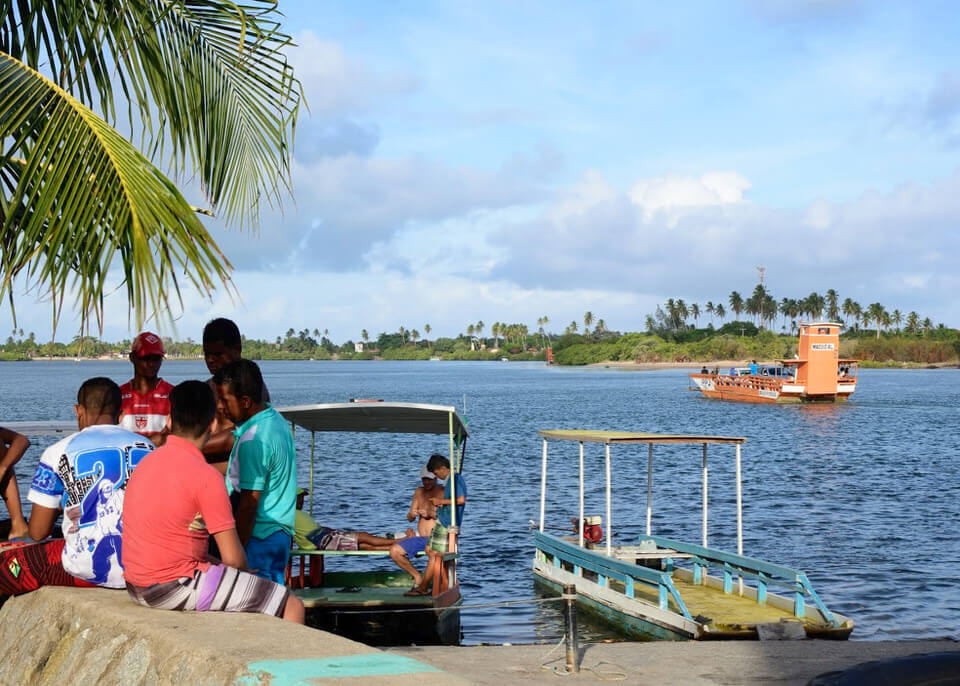
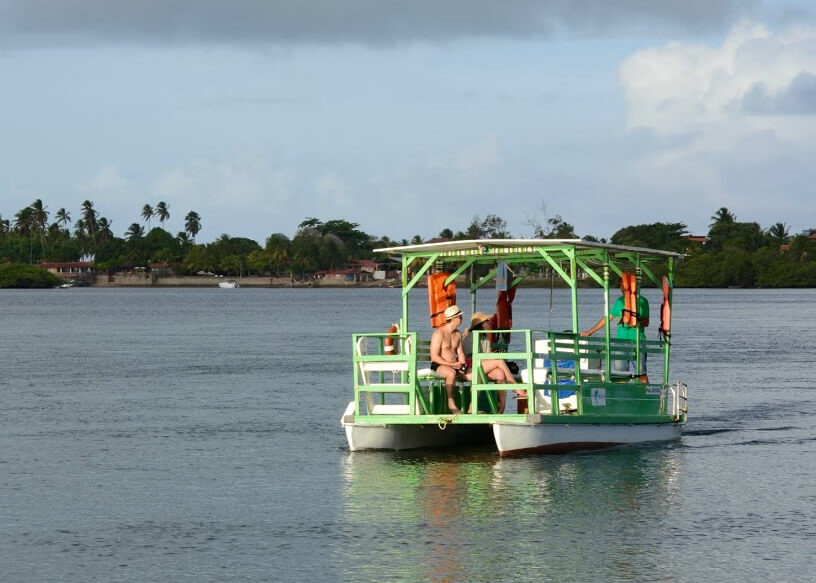
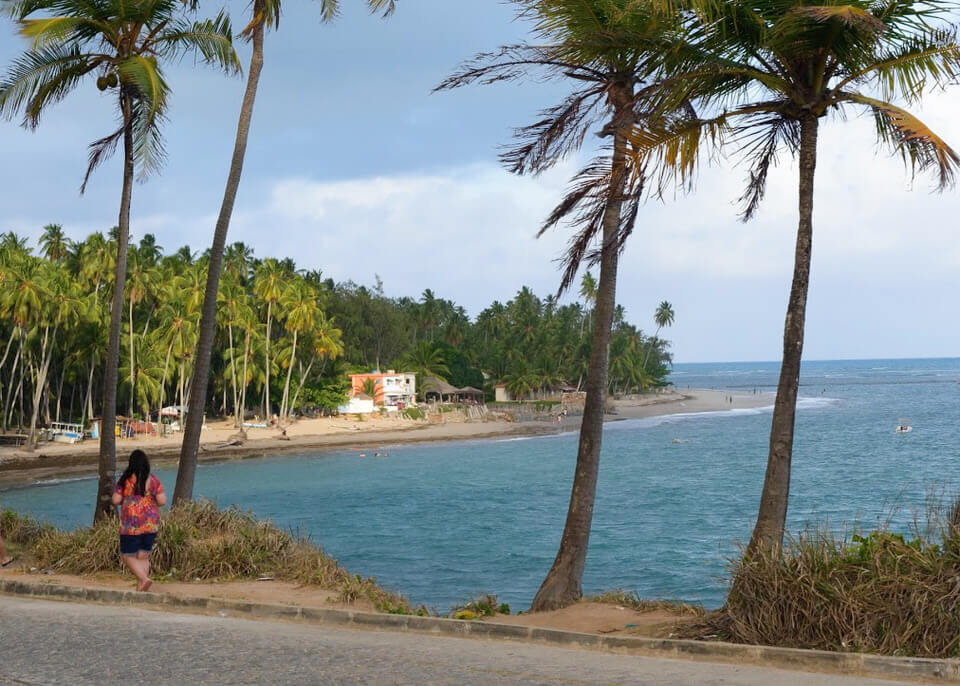



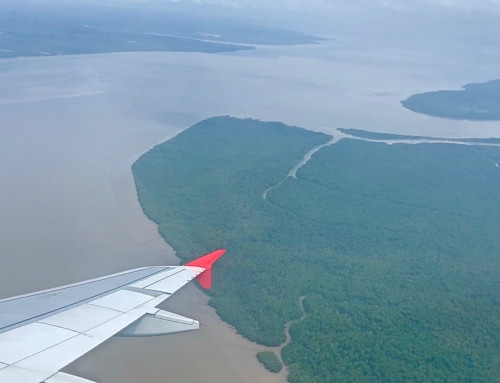
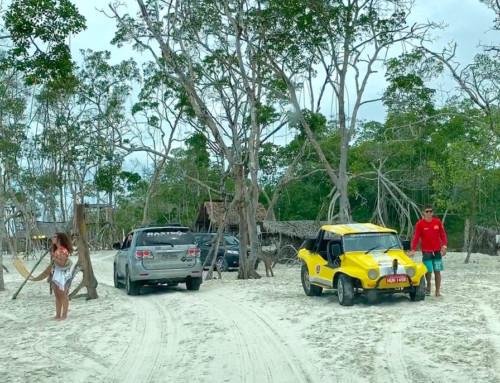
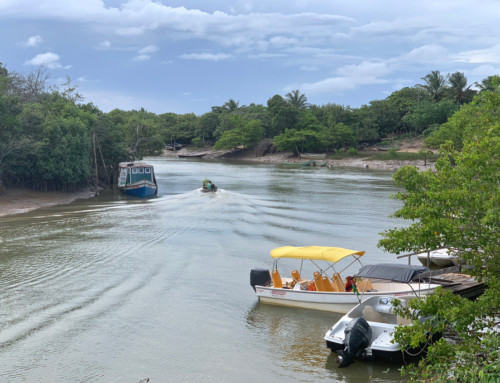
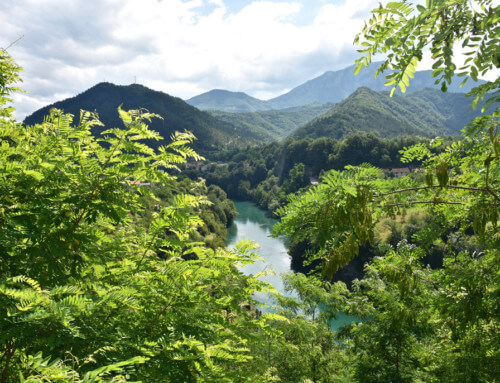
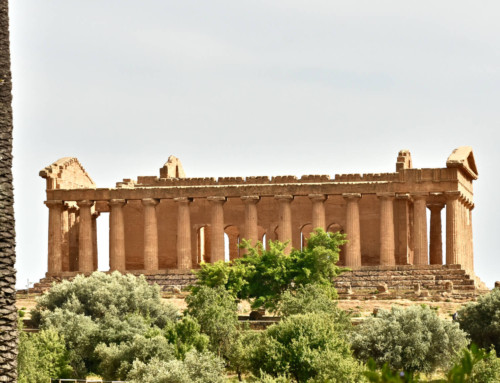
Leave A Comment
You must be logged in to post a comment.